Skype: neodalle-travel
Tel: +86 135 7447 2266
E-mail: sales@zhangjiajieholiday.com

Located in Longshan County, Liye Ancient Town is well known for its discovery of 37,400 bamboo slips inscribed with scripts from the Qin Dynasty (221 BC-207 BC) in 2002. Liye means "to explore" in Tujia language. In november 2002, the site of the liye ancient town was added to the fifth batch of key historical sites under state protection, and in 2005, it was titled "china's famous historical and cultural town."
History of Liye Town
Liye Town was once an important channel connecting the central plains and the southwest of China, and thus was known as "an axis linking Chu and Shu". After the excavation of the terra-cotta warriors and horses, the 36,000 bamboo slips inscribed with scripts from the Qin dynasty (221bc-206bc) unearthed in the town in 2002 is the most important archaeological discovery for the study of the history of that period, and thus has attracted worldwide attention.
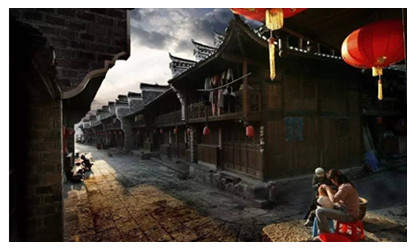
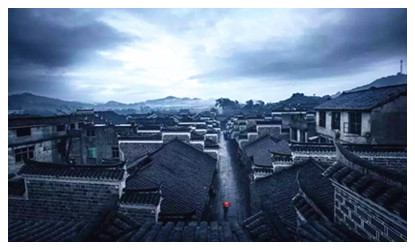
Walking around the Liye Town
Life in the town remains relaxed. Older people gather to chat or play cards under the eaves. Some carry babies in baskets and hurry to nearby markets. We are outsiders threading the well-preserved old streets surrounded by rocky walls and traditional two-story wooden houses. Most of the houses were shops in the old days.
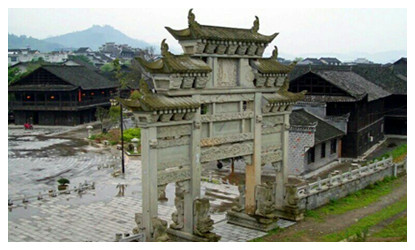
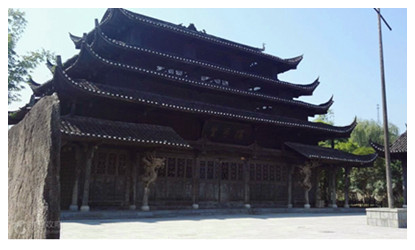
In addition, the ancient and unique ethnic and folk culture of the town constitutes the core of the original culture of the Tujia ethnic minority.The upper floors were used for storage. Though they are far removed from the hustle and bustle, the houses hint at the prosperous past of Liye, which was once the most important trading port in the west of Hunan. Different architectural styles in southern China can be found: from Anhui, Jiangxi, and Sichuan provinces. There is even a Western style villa in the complex. It is rumored to be the property of a merchant who has a major business in Shanghai. The closed doors leave much room for imagination.
Museum of the Qin Slips
The Qin Slips from Liye are official archives of the government of Qianling County in Dongting Prefecture, ruled by the Qin Dynasty (221-206 BC). In June 2002, some 37,000 slips were unearthed from the ruins of Liye Ancient Town in Longshan County, Xiangxi Tujia and Miao Autonomous Prefecture, Hunan Province.
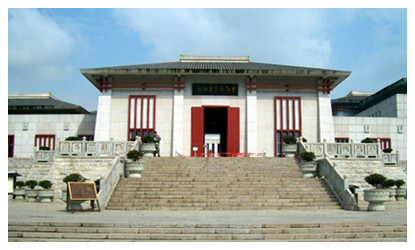
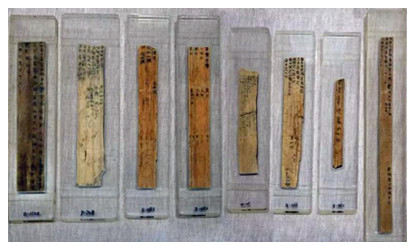
All bearing characters written by writing brushes, they are mostly government decrees and documents, covering many aspects from household registration to land reclamation and agricultural taxation, including contents that had not been previously recorded in historical documents. A 23cm x 4.5cm wooden slip was found to carry the multiplication table as well as characters on both sides. The earliest calculation table ever found in China, it is of great value to the study of Chinese history of arithmetic. The slip inscription on the Qin Calendar is an official letter from the government of Yangling County to Dongting Prefecture, providing significant information for the study and restoration of the calendar and astronomy during the centuries spanning the Warring States Period (475-221 BC) to the Qin and Han (206 BC-AD 220) dynasties.
 Ask Questions ?
Ask Questions ?